Overview
Map
Other Details
كنيسة سيّدة الفرس
Ijdabra
Batroun
North
كنيسة سيّدة الفرس - إجدبراالكنيسة وقف ذريّ لعائلة أبي أنطون. بنيت سنة ١٨٦٦ بموافقة البطريرك بولس مسعد وسعي روكز الخوري. الكنيسة صغيرة بعقد مصالب وحنية واحدة.The Church of Our Lady of El Fers - EjdabraThe church is a private familial chapel built in 1866, with the approval of Patriarch Boulos Massaad, by Roukoz El Khoury. The church is a small cross vaulted crypt with a single apse.
Visited 2355 times, 3 Visits today


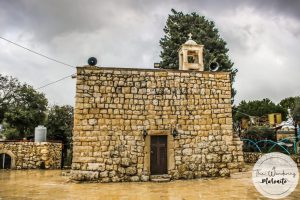
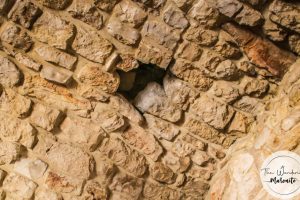
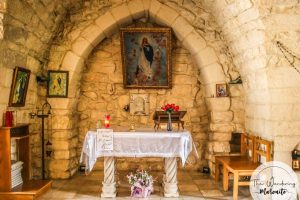
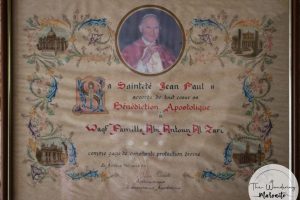
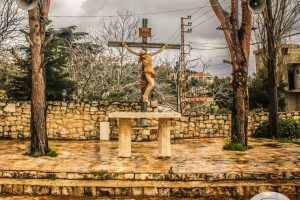
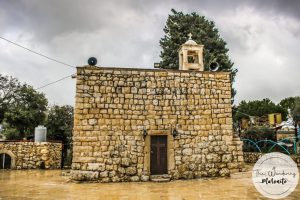
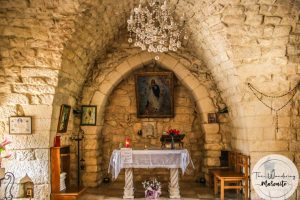
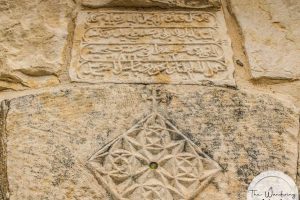











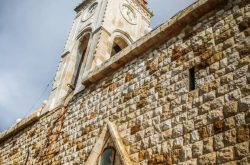

Reviews are disabled, but trackbacks and pingbacks are open.